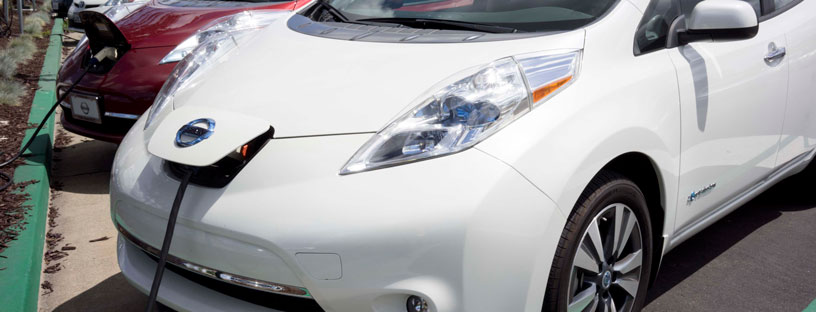-
About the Air District
- Advisory Council
- Air District Leadership
- Air District Logos
- Bay Area Clean Air Foundation
- Board of Directors
- Community Advisory Council
- Contracting Opportunities
- Departments
- Diversity Equity and Inclusion
- Enterprise Systems Catalog
- Hearing Board
- History of Air District
- In Your Community
- Job Opportunities
- Mission Statement
- Office of Civil Rights
- Speakers and Tours
- News & Events
- Online Services
- Publications
- Forms
- Public Records
- Contact Us
- Login
Plans and Climate
Plans & Climate

Learn about air quality plans, efforts to reduce climate change and engage our communities, and tools and resources for local governments to reduce air pollution and its related climate and health impacts.
The Air District works to improve air quality and protect the climate through equitable, transparent, and innovative policies, plans, and programs. In partnership with regional and local governments, communities, and the public, our work seeks to address disproportionate public health impacts and longstanding environmental injustices.
Beginning with the Air District’s CARE Program, continuing with the Planning Healthy Places Guidebook, and more recently with the AB 617 Community Health Protection Program, the Air District has spent considerable resources to understand where, when, and how people are exposed to air pollution at the local scale and has shifted focus to address local impacts. The Air District also continues to track and address regional air quality impacts, advances regional initiatives such as publishing CEQA Guidelines, and contributes to regional planning initiatives such as MTC’s Plan Bay Area.
Climate protection is also at the forefront of the Air District's work. The Air District's climate protection work has included innovative climate protection grants, building decarbonization work, and GHG inventories. An example of a connection between air quality and climate is the effort to reduce a variant of particulate matter known as black carbon. Such a strategy can help slow the rate of atmospheric heating, while also protecting air quality and public health, providing a valuable co-benefit. The Air District's Local Government Support Program seeks to champion clean air and climate protection by working in partnership with local governments to advance policies and plans to equitably address air quality, climate, and health impacts.
Featured Programs
-
BARCAPThe Air District has received funding from the U.S. Environmental Protection Agency’s Climate Pollution Reduction Grant program, or CPRG, to lead a five-county climate action planning process to position the region to compete for $4.3 billion in implementation funding available in early 2024. Learn more about the multi-year planning effort, referred to as Bay Area Regional Climate Action Planning Initiative (BARCAP).
-
Local Government Support ProgramThe Local Government Support Program (LGSP) is tailored to the needs of local government, offering data and mapping tools, models and guidance on plans, policy, as well as funding and other types of implementation support – all informed by the unique challenges faced by local governments.
-
AB 617 ProgramThe Air District’s Community Health Protection Program, implementing Assembly Bill 617, uses a community partnership model to collaborate with Bay Area communities most impacted by air pollution to develop and implement new strategies to reduce air pollution and related health impacts.
Sign up to receive updates on the latest Planning and Climate Protection activities via email notifications for all Planning and Climate Protection categories.
Select the categories you would like to subscribe to and sign up to receive updates to only those topics.
-
Community-Based Organization
-
Interested Resident
-
Local Government
-
Non-Profit
-
Other Governmental Agency
-
Private Sector
-
Regional Agency
-
Tribal
Last Updated: 8/18/2025

